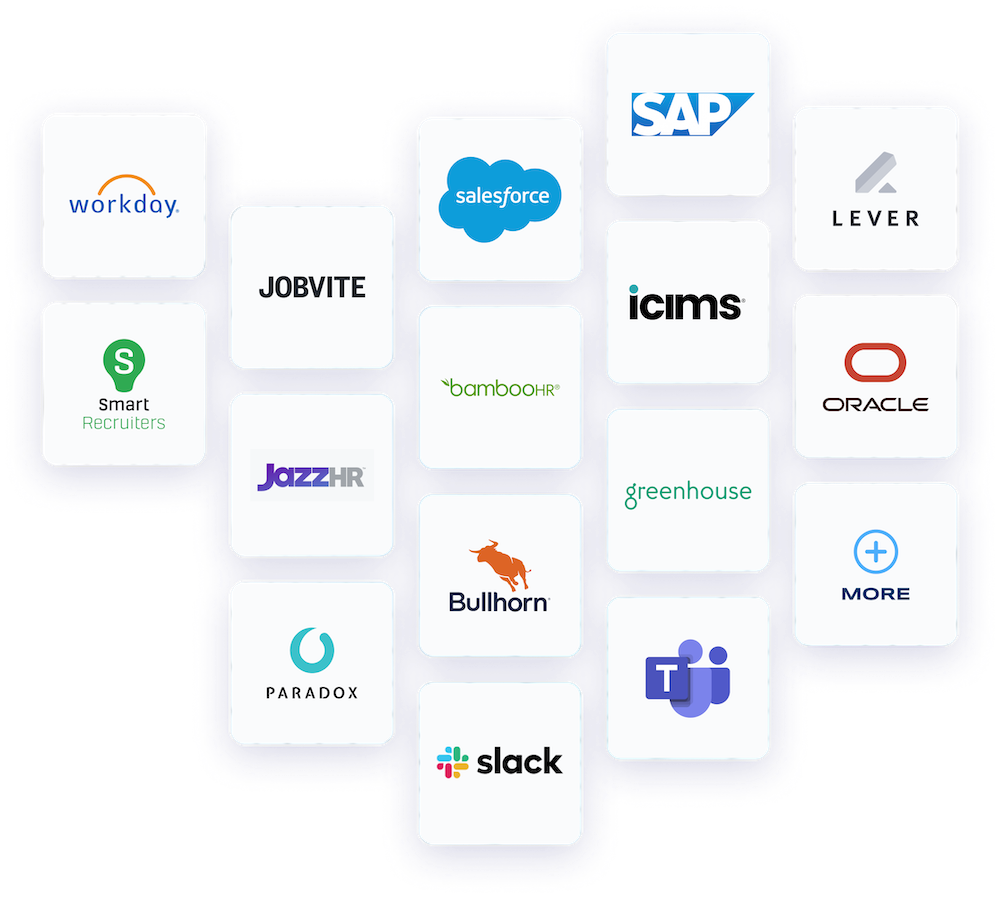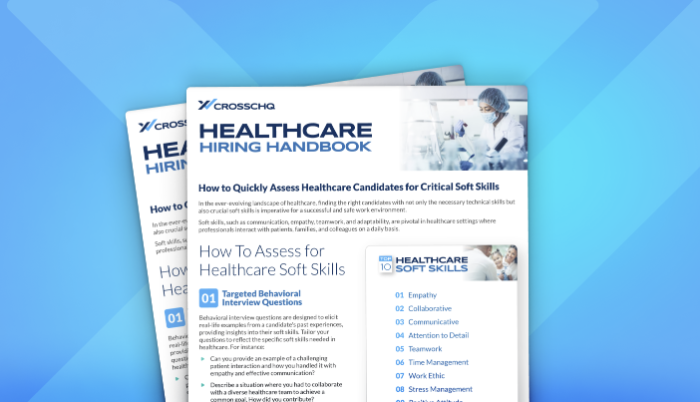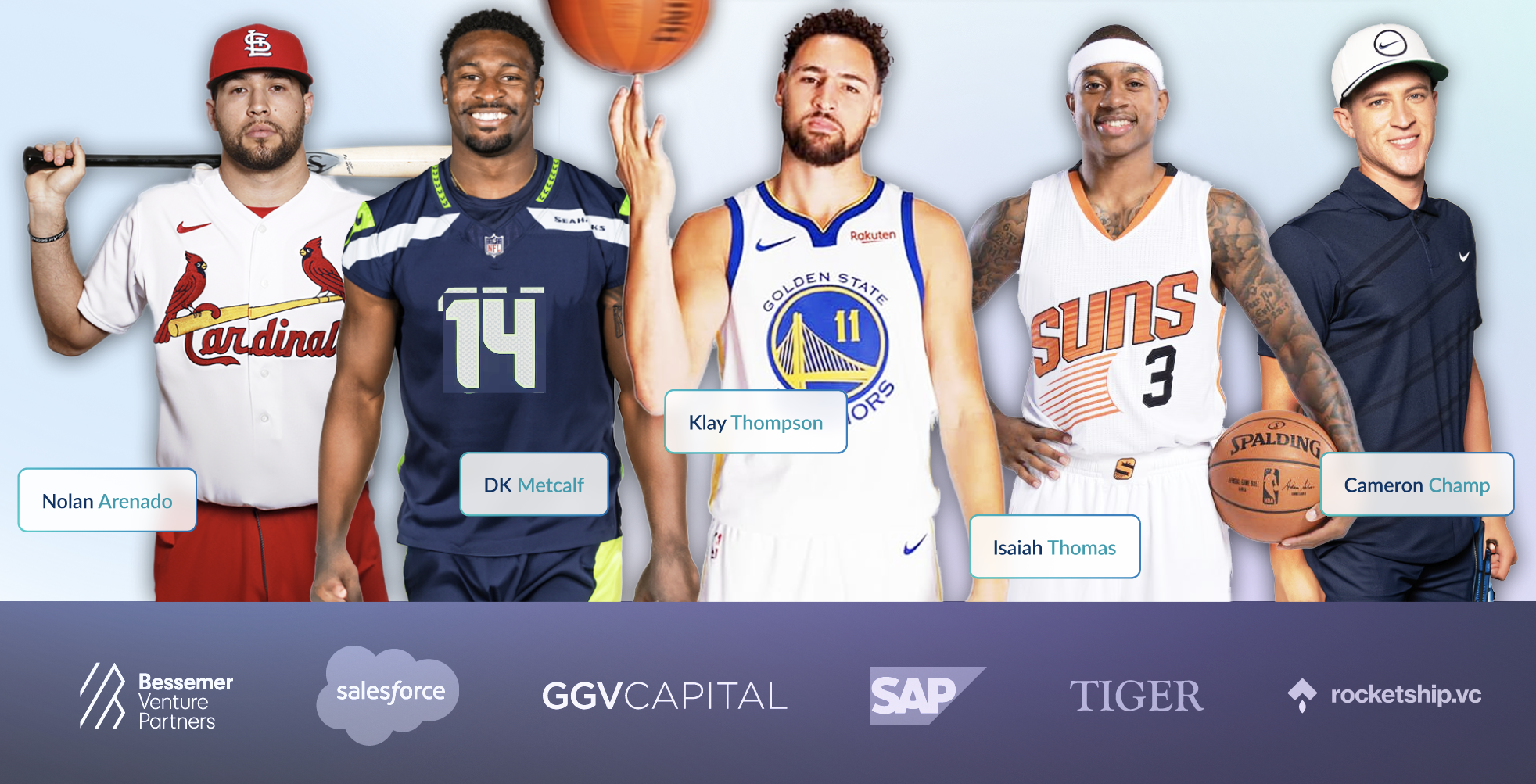

Crosschq Blog
Building a High Impact Hiring and Onboarding Process in a Virtual World
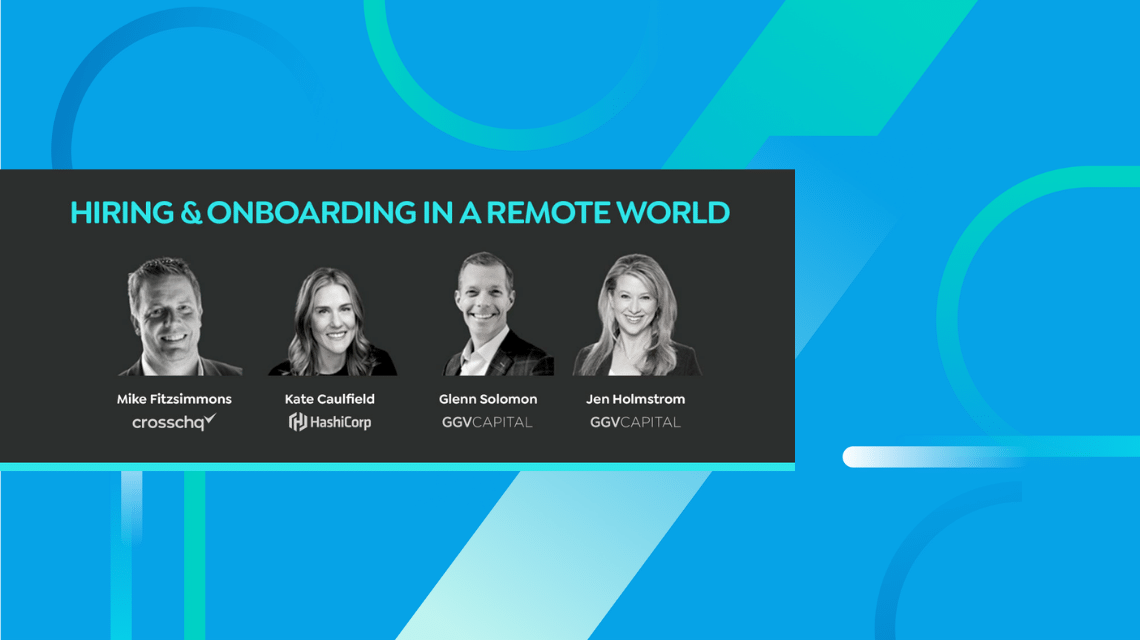
Remote work is no longer a differentiator and it’s here to stay, at least for the foreseeable future. To attract and retain top talent, companies are being challenged to embrace this new reality. In a GGV Capital webinar last week, Glenn Solomon, Managing Partner at GGV, asked three experts what they’re observing in the market. Kate Caulfield, VP of Talent Acquisition at HashiCorp, has helped the company more than double to 1000 remote employees (pre-Covid about 15% of its employees worked out of its San Francisco based HQ) over the past year. Jen Holmstrom, Head of Talent at GGV, works closely with GGV’s portfolio company leaders to help them hire, train, manage and retain great teams. Mike Fitzsimmons, Founder and CEO of Crosschq, is bringing human intelligence hiring to the market.
Here are 10 key takeaways from their conversation:
1- Hiring volumes, at least in tech, are back to normal levels, but the hiring process has changed significantly.
Companies, especially startups, are hiring. We went through a period when hiring was frozen and companies stepped back to assess hiring needs and processes. Companies are hiring again with a focus on critical roles. And orgs, now more than ever, have to make sure those hires drive forward the business plans and focus on desired outcomes. – Jen Holmstrom
2- Brand stories and companies’ value propositions are paramount to attracting top talent.
With the pandemic, they (companies with remote workforces) don’t have the competitive edge in hiring that they had before. They have to focus on brand, value prop and tell their story to candidates to win. – Kate Caulfield
3- Most candidates think they’d flourish in a remote work environment, but the reality can be much different.
We survey candidates and their peers about remote work. 9.5 out of 10 candidates think they’d be great working remotely. But 20% less of their peers and managers think they’d flourish remotely. This puts pressure on anyone hiring to better understand candidate behavior. – Mike Fitzsimmons
We’ve seen attrition because people think that they’d like to work remotely in theory, but don’t like it in practice, but companies can try to screen for that early. – Jen Holmstrom
4- A remote work option isn’t the differentiator it used to be and it’s here to stay.
You’re going to have strong managers. They will be your amplifiers. Having them prepped to manage in a remote environment is key. For new managers or those who manage big teams, there’s an added layer of complexity. Management training is critical. Developing and retaining great talent is now more important than ever. – Jen Holmstrom
5- Candidates are paying close attention to a company’s risk factors when deciding where to apply.
In the usual startup environment, there’s always going to be movement between companies. What this (Covid-19) has prompted is more candidates with lower risk profiles. But even pre-Covid, when assessing Google, Facebook, etc. verus startups, certain candidates are looking for the stability of a big company over a startup. – Jen Holmstrom
One thing we’ve seen in looking at offer declination data, which hovers around 12% for HashiCorp, is the reason people decline is shifting. Only 1 person in 2019 declined so they could stay at their current company. This year to date, already 10 chose to stay at their current company. People are risk-averse and hesitant to make changes right now. – Kate Caulfield
6- Companies are paying attention to candidate risk as well, trying to avoid the over hire.
People are taking jobs just to take jobs, so there’s risk in losing people when the pandemic ends. Dentists are taking jobs as drivers. Heads of Talent Acquisition have increased sensitivity to over hiring. They are getting lots of qualified talent, but they’re not going to chase the A player because they don’t want to lose them as soon as the market gets back. – Mike Fitzsimmons
7- Diversity, equity and inclusion has to be a constant top-down focus, and bottoms-up tactics have to be implemented.
Generationaly, leadership thinks they’re open minded and thought they were doing better than they were. So they didnt put systems in place to ensure what they thought was happening was actually happening. But now they can plainly see where they failed. They’re trying to hold themselves accountable now. They’re publishing goals, looking at the data. They have to work harder. – Mike Fitzsimmons
8- Minority candidate pools aren’t the issue; it’s getting them from the talent pools into the pipeline that has to be the focus.
Diversity is something you pay attention to in sourcing, vetting, screening, and hiring. Make the company attractive to underrepresented groups by creating a diverse, inclusive and open culture. We can look to schools from a sourcing perspective, but have to ensure they have a diverse student group. We need to make public anti-racism best practices and hold ourselves accountable to the data. There’s lots of work to be done. We can’t quit because it’s hard. – Jen Holmstrom
9- Successfully onboarding new hires virtually is paramount to ensuring retention.
Gallup has great data on the human experience in the workplace. They state that 69% of employees are likely to stay at a company for 3+ years with good onboarding. – Jen Holmstrom
Within a week HashiCorp shifted onboarding to 100% virtual. There are 3 key components: 1) We provide live (virtual) sessions with leadership and exec teams. 2) We provide recordings of other leaders talking about their teams and orgs. New hires can listen and learn at their own pace. 3) HashiCafes, coffee talks that would normally be in the breakroom, are done virtually. Facilitators set an agenda, everyone gets coffee at home and joins via Zoom to have casual conversations and connect like they would in a lunchroom. – Kate Caulfield
10- Favorite book that addresses talent and talent management:
- Mike: Any book by (Sir Ernest) Shackleton
- Jen: Who, by Geoff Smart
- Kate: How to Win Friends and Influence People, by Dale Carnegie
» Check out the full webinar here:
GGV Capital
GGV Capital is a global venture capital firm that invests in local founders. As a multi-stage, sector-focused firm, GGV focuses on seed-to-growth stage investments across Social / Internet, Enterprise Tech, Smart Tech sectors. The firm was founded in 2000 and manages $6.2 billion in capital across 13 funds. Past and present portfolio companies include Affirm, Airbnb, Alibaba, Bitsight, ByteDance, Ctrip, Didi Chuxing, Grab, Gladly, Hello Chuxing, HashiCorp, Houzz, Keep, LAIX, Namely, Niu, Nozomi Networks, Opendoor, Peloton, Poshmark, Slack, Square, StockX, Tala, Wish, Workboard, Xauto, Xiaohongshu, YY, Zhaoyou and more. The firm has offices in Silicon Valley, San Francisco, Singapore, Shanghai and Beijing. Learn more at ggvc.com or @GGVCapital on Twitter.
HashiCorp
HashiCorp is the leader in multi-cloud infrastructure automation software. The HashiCorp software suite enables organizations to adopt consistent workflows to provision, secure, connect, and run any infrastructure for any application. HashiCorp open source tools Vagrant, Packer, Terraform, Vault, Consul, and Nomad are downloaded tens of millions of times each year and are broadly adopted by the Global 2000. Enterprise versions of these products enhance the open source tools with features that promote collaboration, operations, governance, and multi-data center functionality.The company is headquartered in San Francisco, though 85 percent of HashiCorp employees work remotely, strategically distributed around the globe. HashiCorp is backed by Bessemer Venture Partners, Franklin Templeton, Geodesic Capital, GGV Capital, IVP, Mayfield, Redpoint Ventures, T. Rowe Price funds and accounts, and True Ventures. For more information, visit https://www.hashicorp.com or follow HashiCorp on Twitter @HashiCorp.
Crosschq
Crosschq™ has pioneered Human Intelligence Hiring, the next essential software category for building great companies. Through proprietary software and science, Crosschq gathers people-driven insights from job seekers and those who know them best and converts those insights into predictive data. Crosschq data can be used to ensure people and businesses are well-matched, creating long-term, successful employees and winning workplace cultures. The company’s cloud-based SaaS solutions were built with a talent-first approach that prioritizes trust and transparency, minimizes bias and protects privacy. Founded in 2018, Crosschq is backed by GGV Capital, Bessemer Ventures Partners, SAP, Slack and other well-known Silicon Valley Investors. Visit www.crosschq.com and follow us on Linkedin at www.linkedin.com/company/crosschq/.
Newsletter Sign Up
by Noelle Davis
Staff Writer
File Under
Take the Guesswork
Out of Hiring
Schedule a demo now
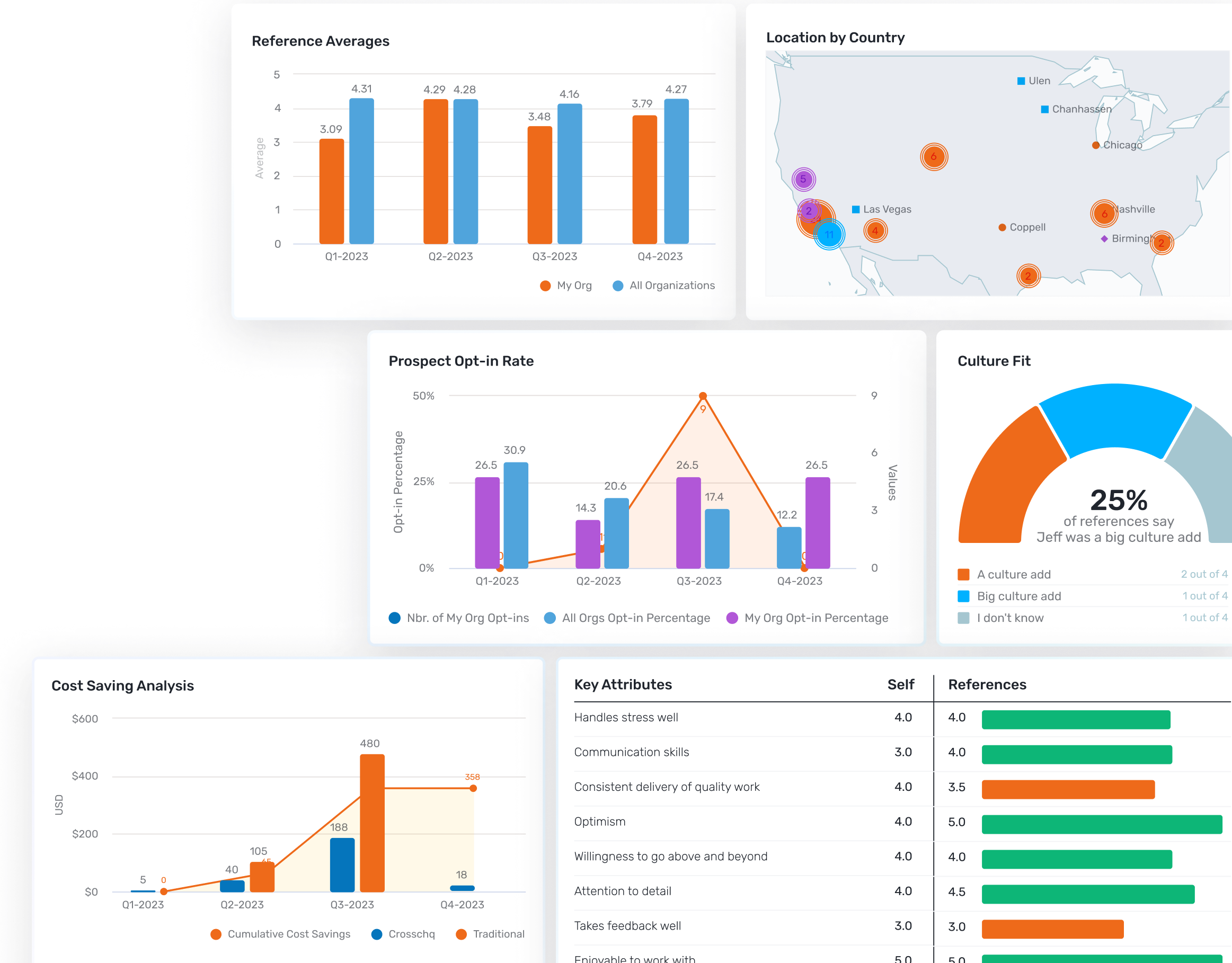
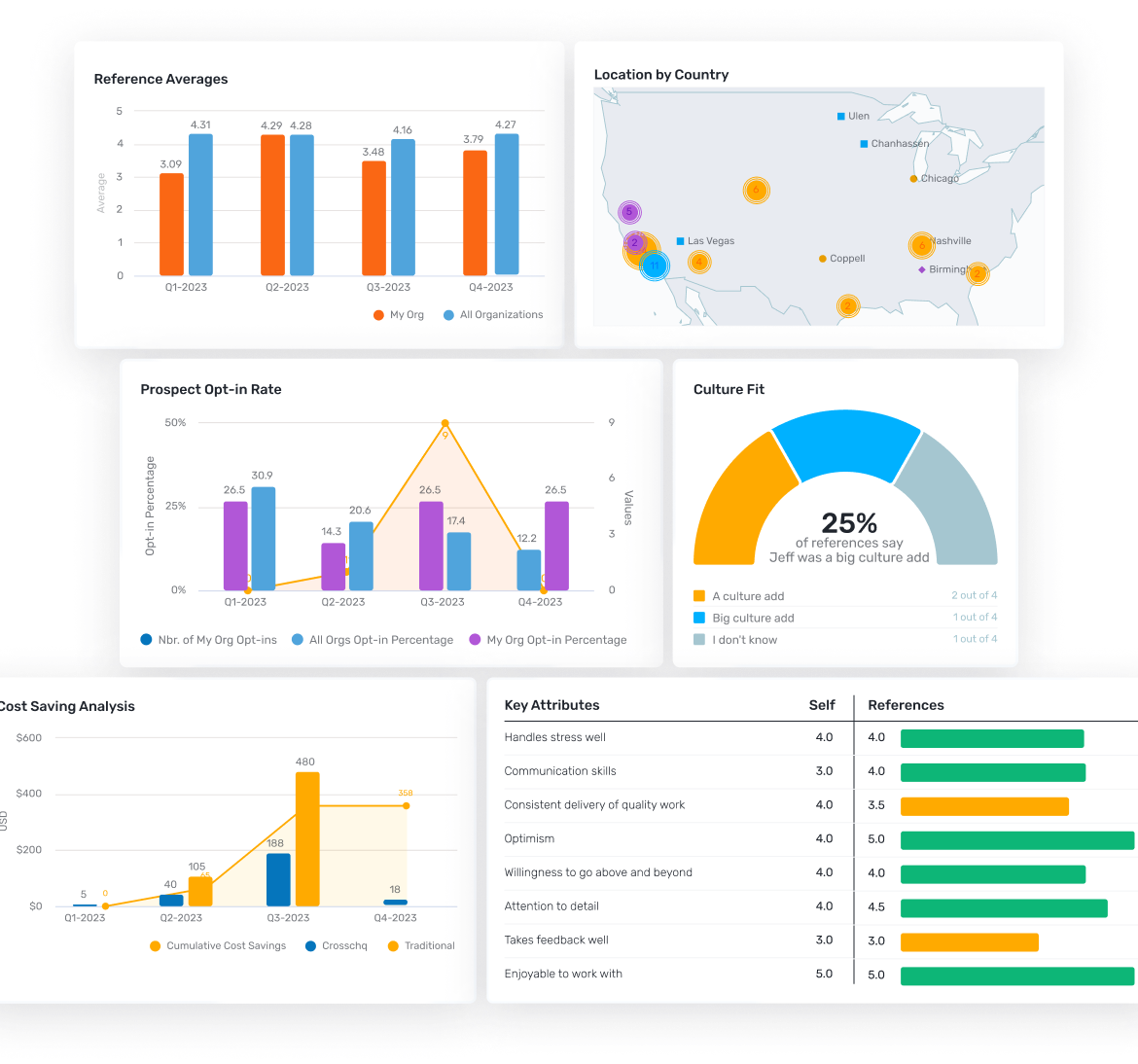

%20-200x43.png)
